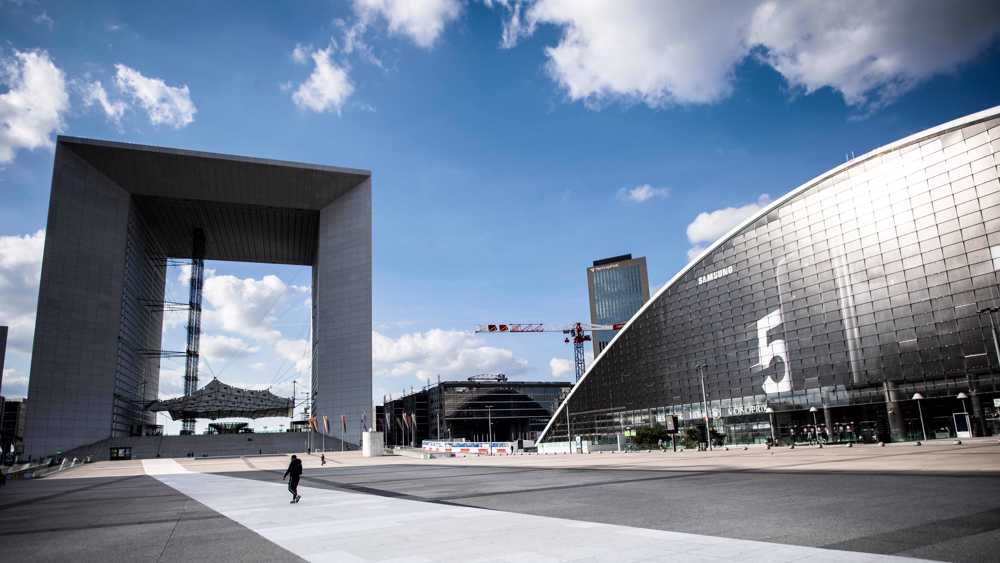France unleashes 100-billion-euro stimulus to revive economy
The French government detailed on Thursday its 100 billion euro ($118.3 billion) stimulus plan to erase the economic impact of the coronavirus crisis over two years, lining up billions of euros in public investments, subsidies and tax cuts.
The plan earmarks in particular 35 billion euros for making the euro zone’s second biggest economy more competitive, 30 billion for more environmentally friendly energies and 25 billion for supporting jobs, officials said ahead of its official presentation late on Thursday.
With the plan equating to 4% of gross domestic product, France is ploughing more public cash into its economy than any other big European country as a percentage of GDP, one of the officials said.
President Emmanuel Macron’s government is banking on the plan to return the economy to pre-crisis levels of activity by 2022 after suffering this year what the finance ministry expects to be its worst post-war recession with a contraction of 11%.
The plan also aims to put Macron’s pro-business push back on track with already flagged cuts in business taxes worth 10 billion euros annually and fresh public funds to give a boost France’s industrial, construction and transport sectors.
Officials said the transport sector would get 11 billion euros with 4.7 billion targeting the rail network in particular while energy-efficient building renovations would be spurred with 4 billion euros for public buildings and 2 billion for homes.
The hydrogen industry, increasingly seen as a key building block in the transition away from fossil fuels, would get 2 billion euros over the two years of the stimulus plan.
Another 1 billion euros would be offered in direct aid for industrial projects, including 600 million euros to help firms relocate plants abroad back to France.
Some 80 billion euros of the overall cost of the plan will weigh directly on the budget deficit, with EU subsidies offsetting 40 billion euros, officials said.
(Source: Reuters)
VIDEO | Report flags India’s violation of rights of Rohingya detainees
Turkey's foreign minister meets Syria's de facto leader in Damascus
'Next to impossible' to rescue patients from Gaza's Kamal Adwan Hospital: Director
VIDEO | Vietnam current prosperity
Report blames gasoil exports for shortage at Iranian power plants
VIDEO | Hind Rajab Foundation names Israeli war criminals vacationing after Gaza genocide
VIDEO | Australians rally for Gaza ahead of Christmas festivities
VIDEO | Attacks on Sana'a












 This makes it easy to access the Press TV website
This makes it easy to access the Press TV website